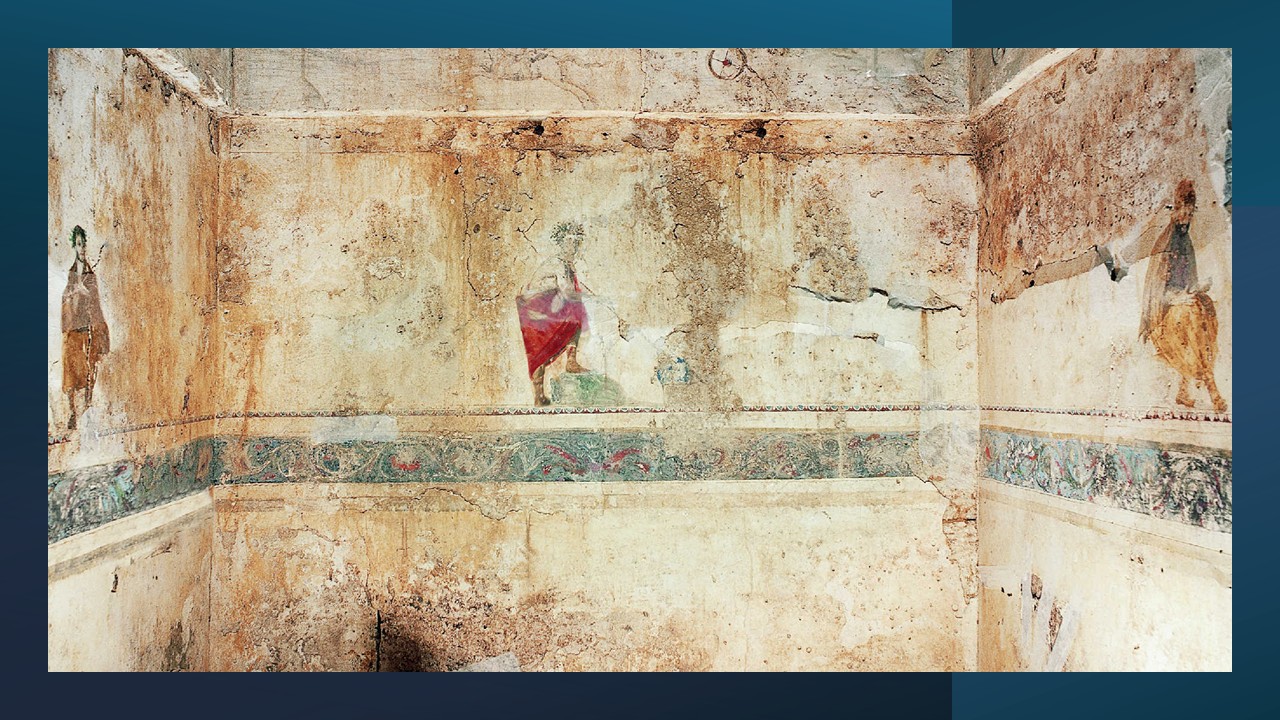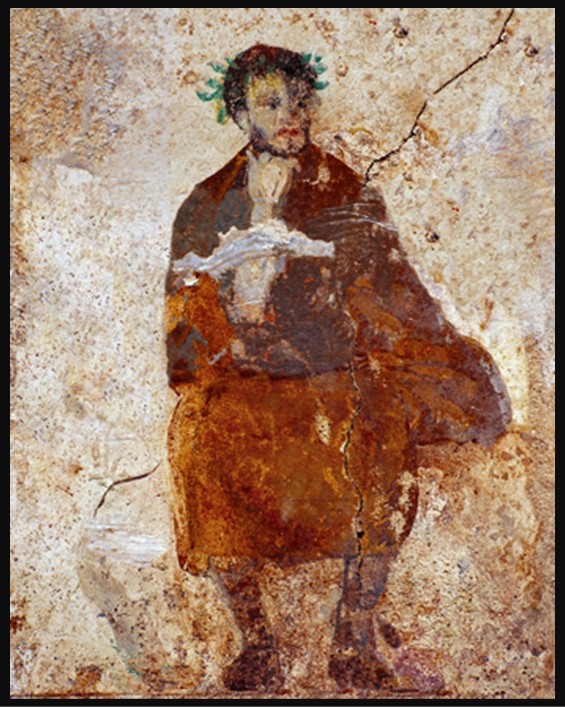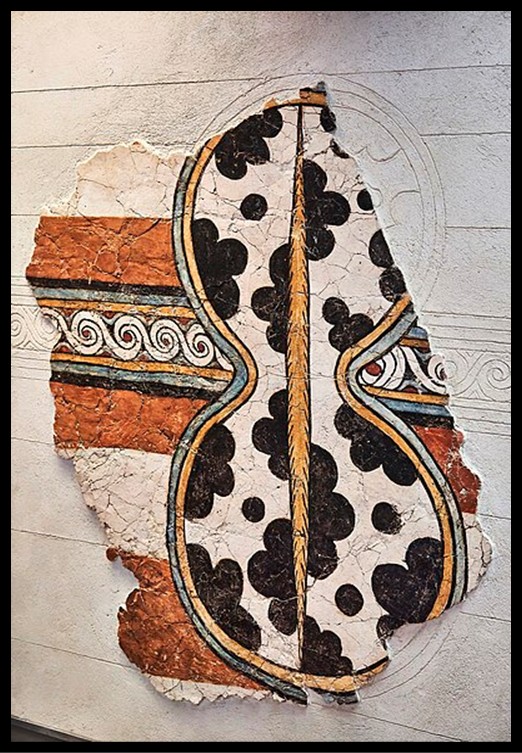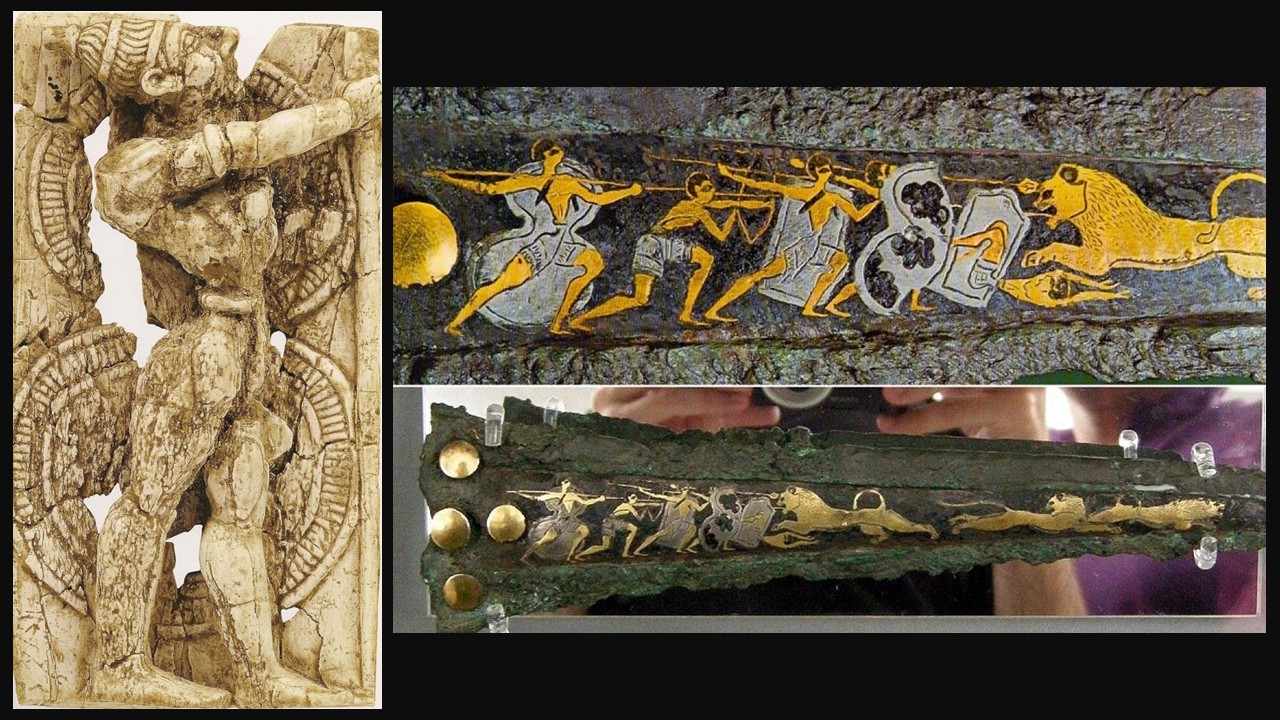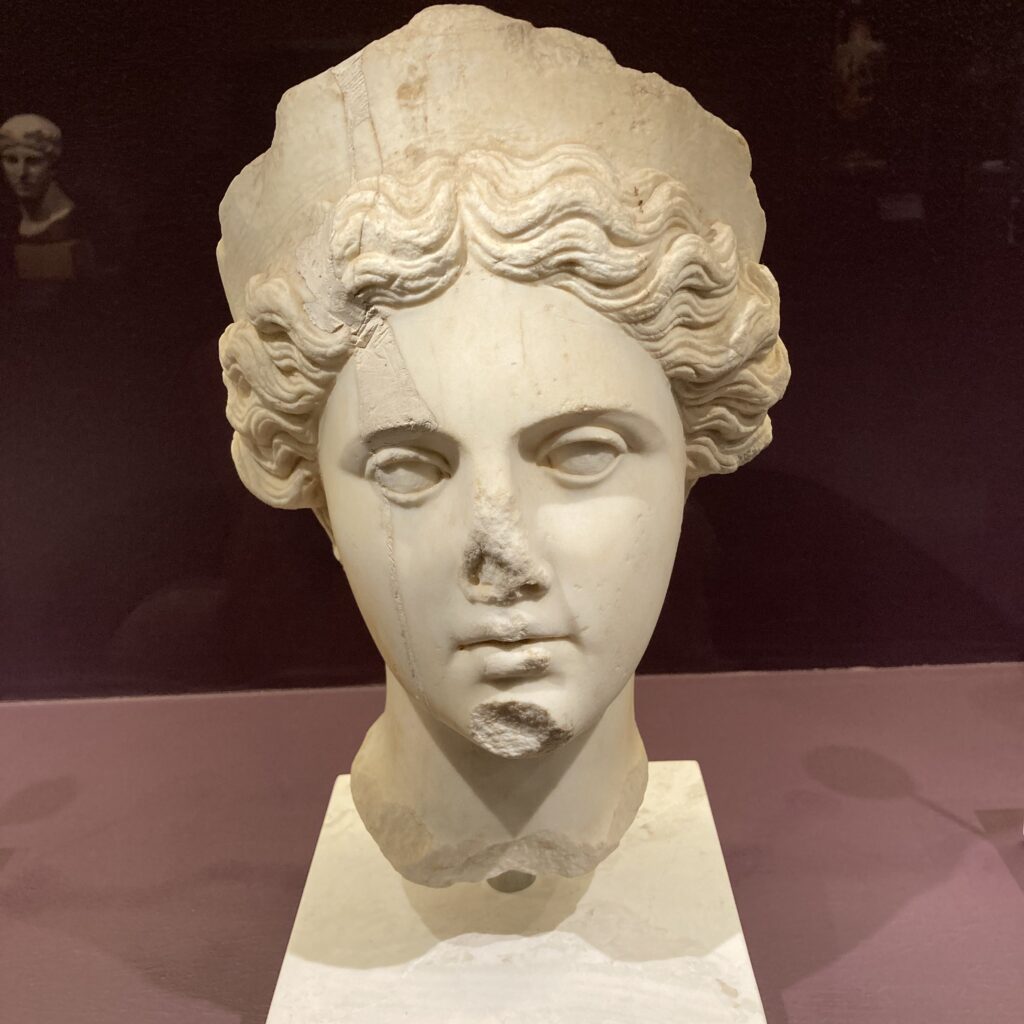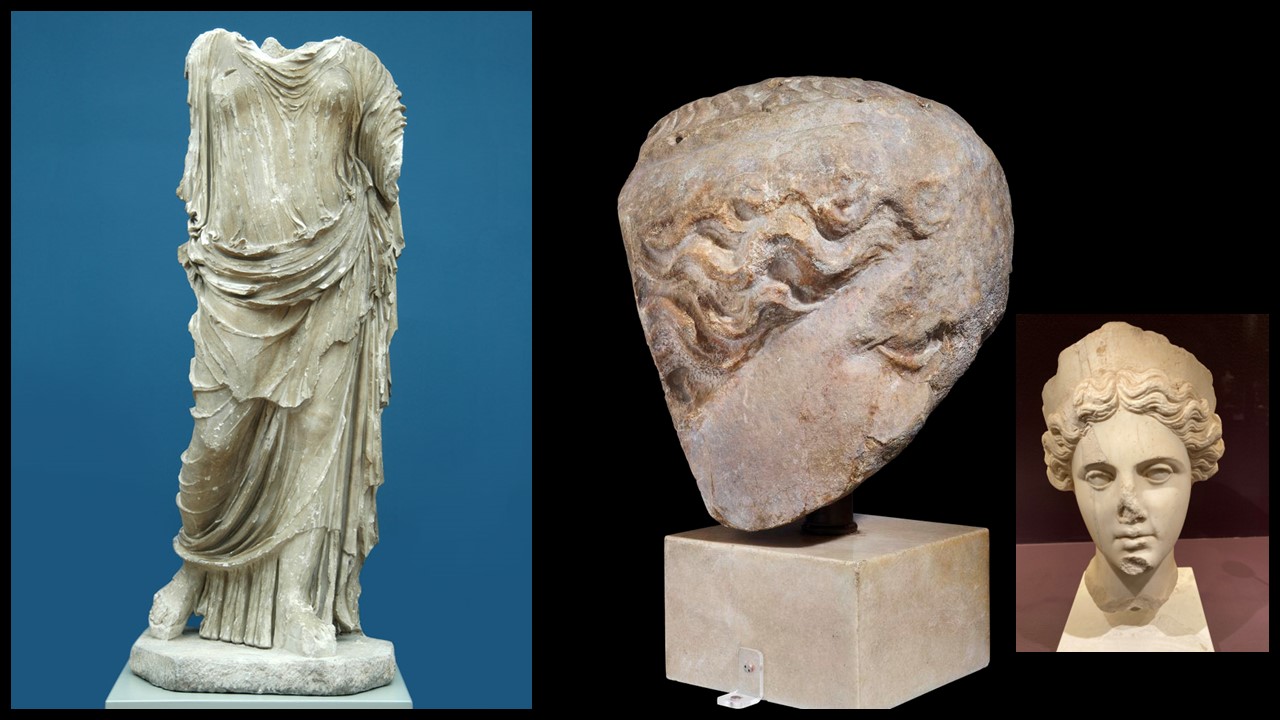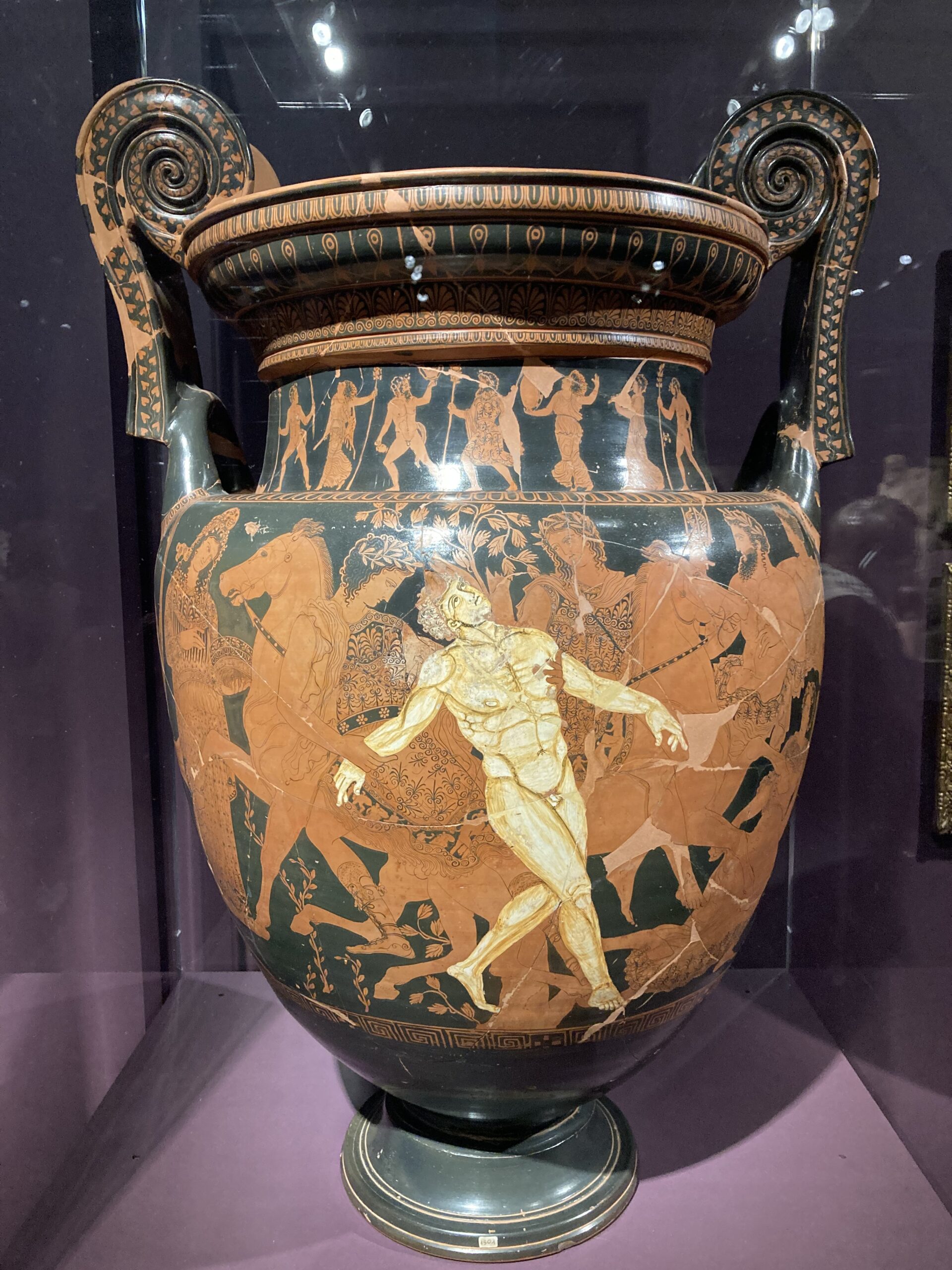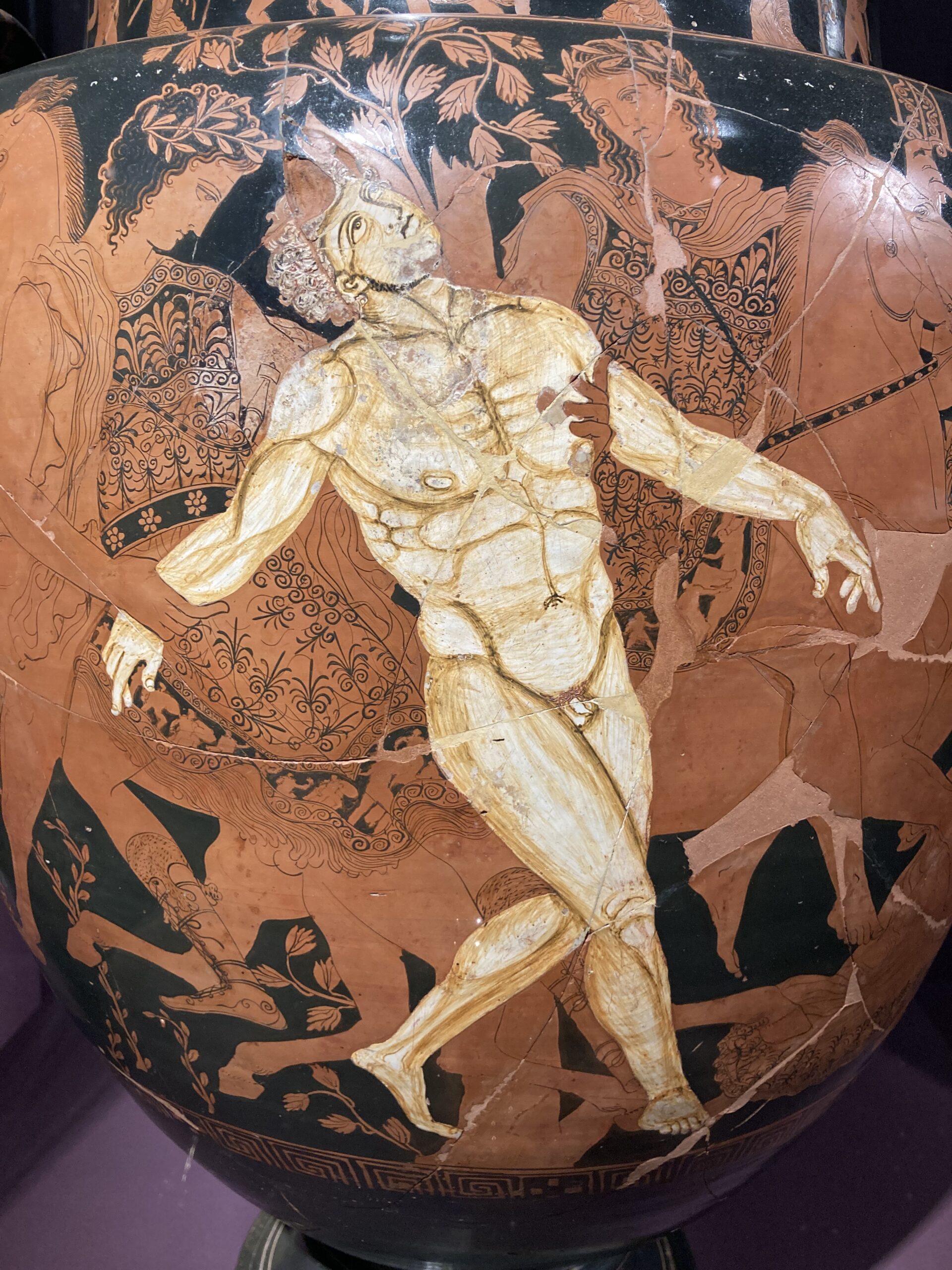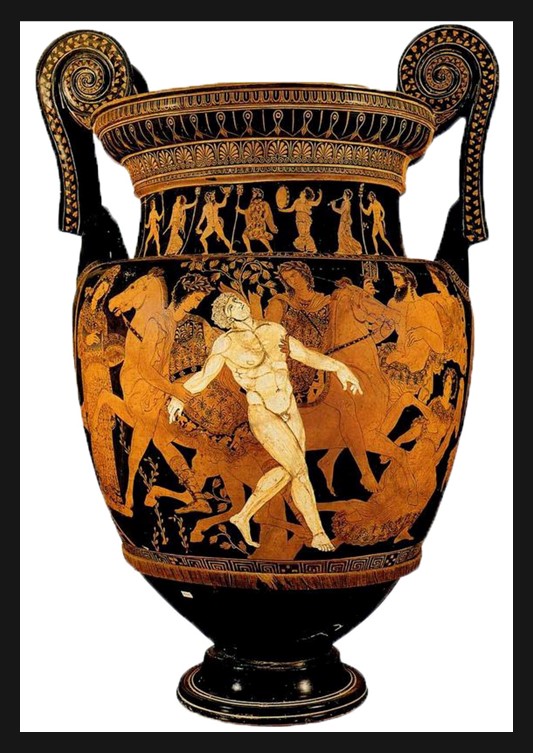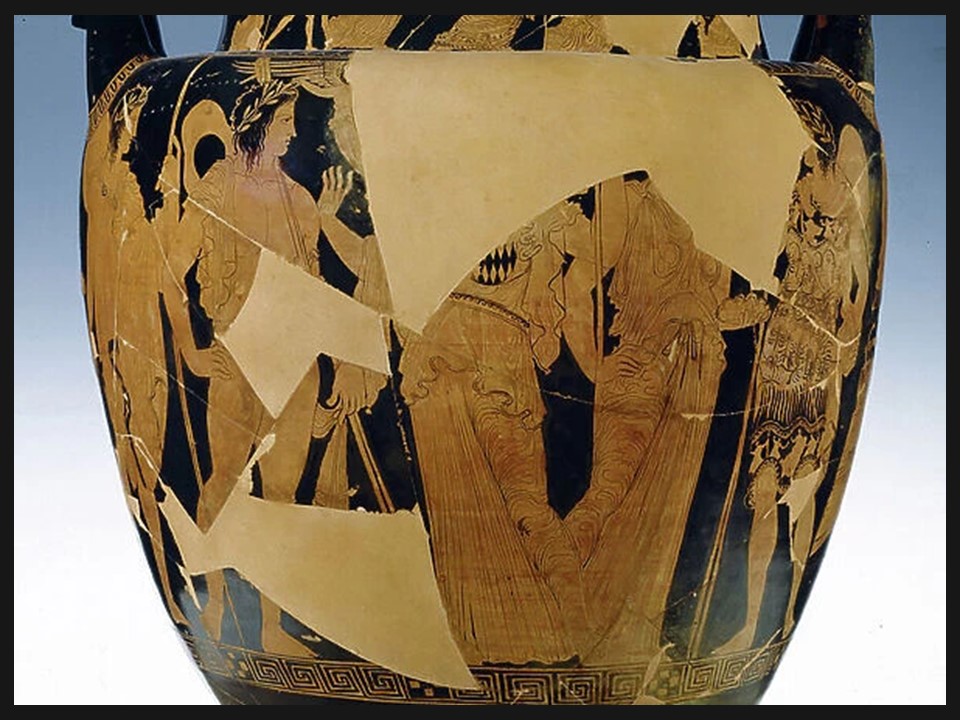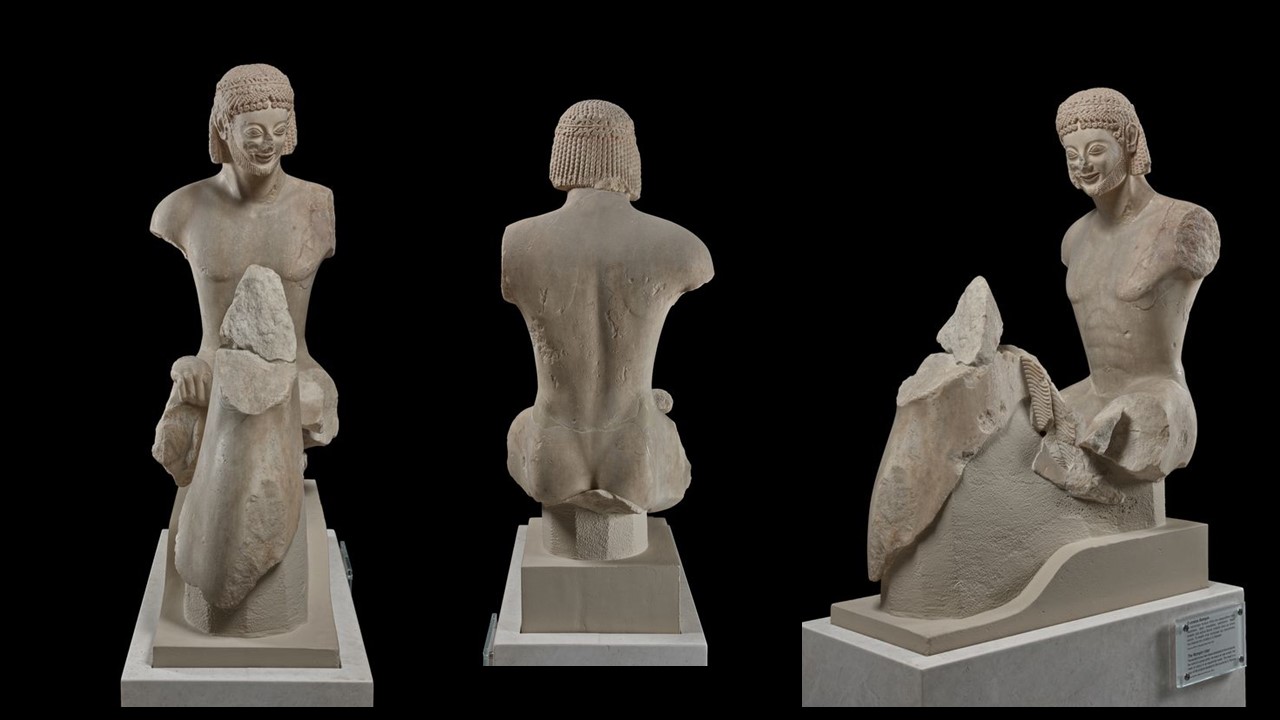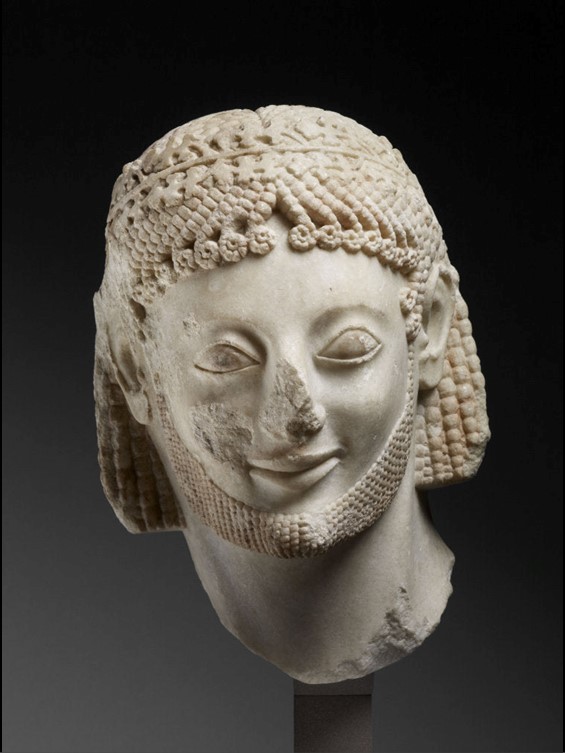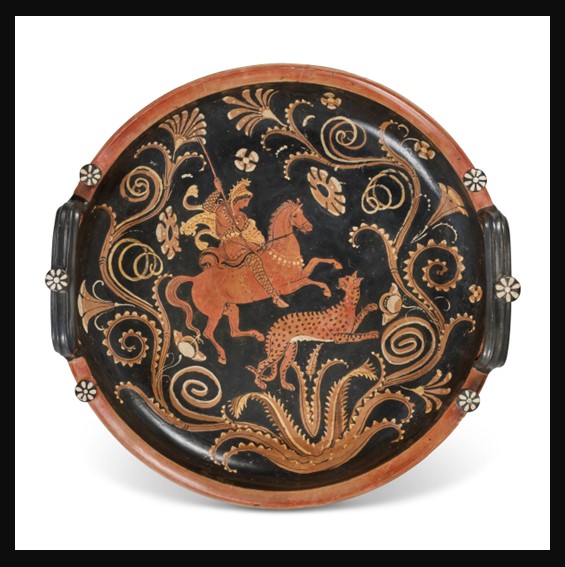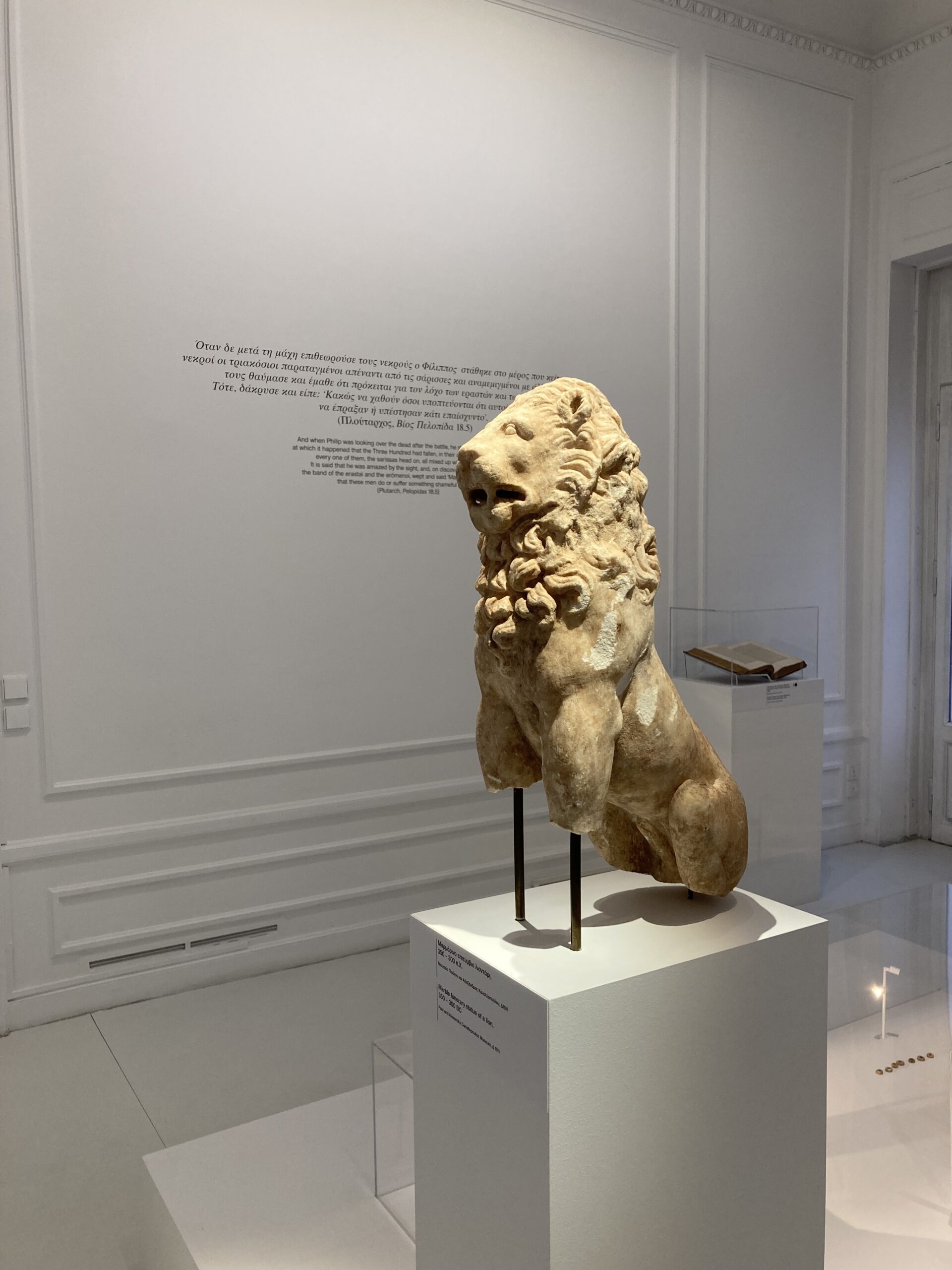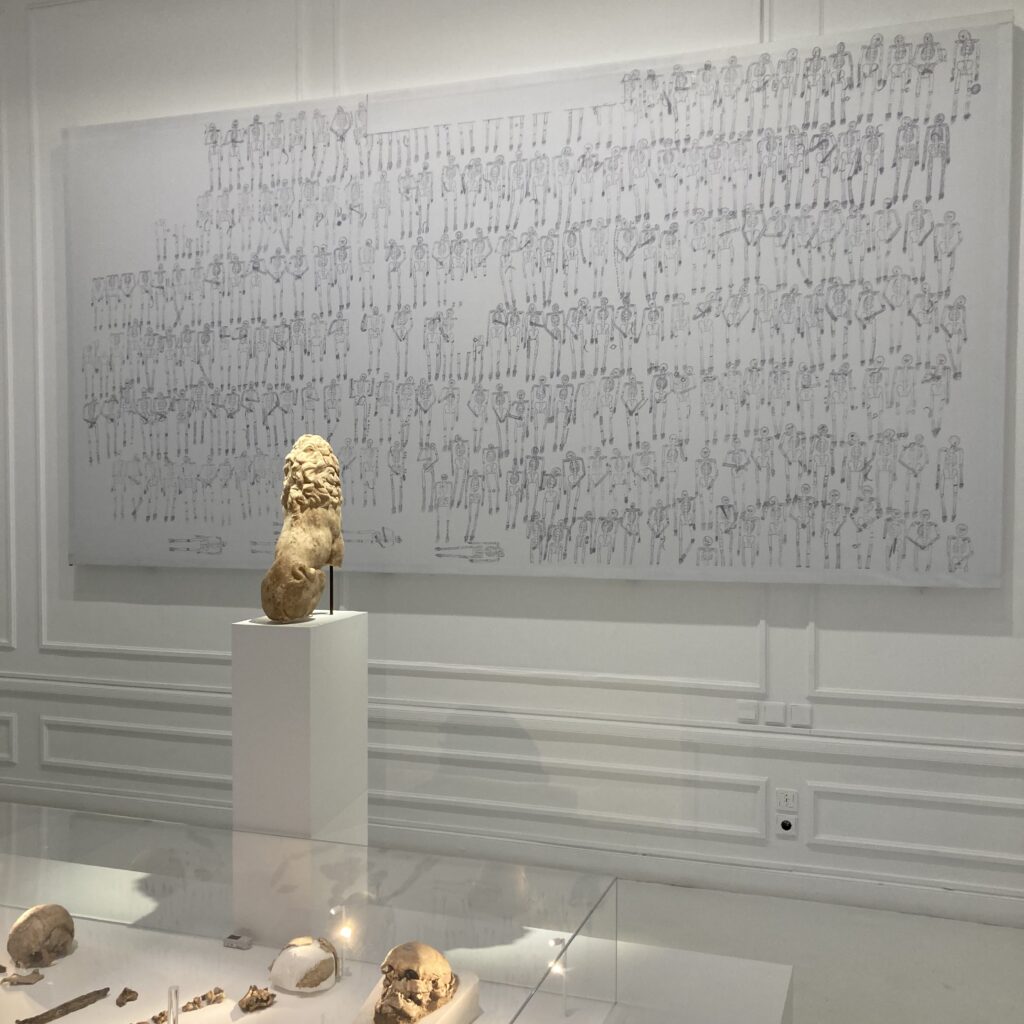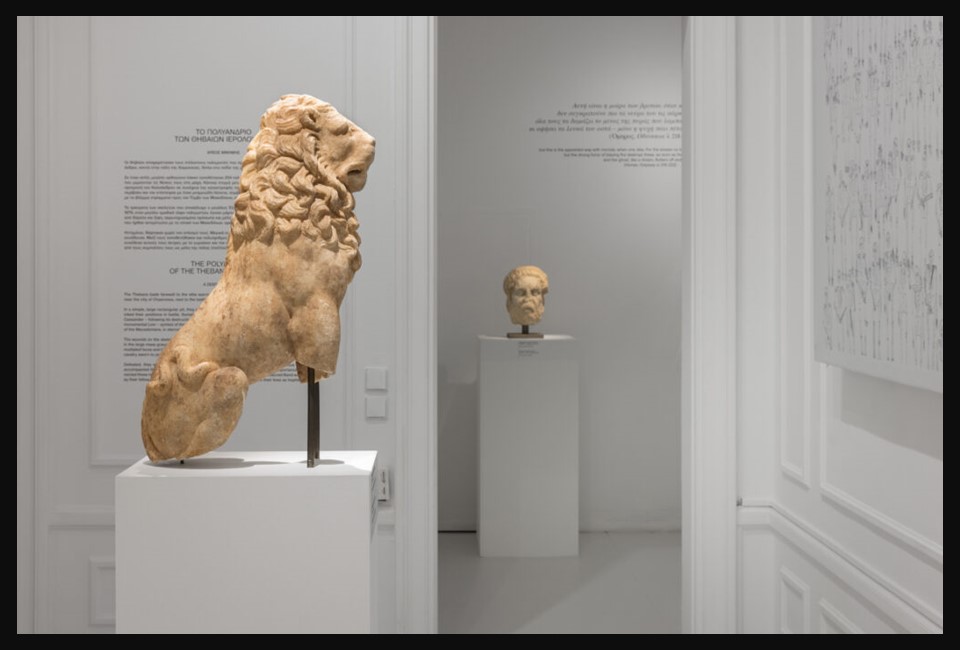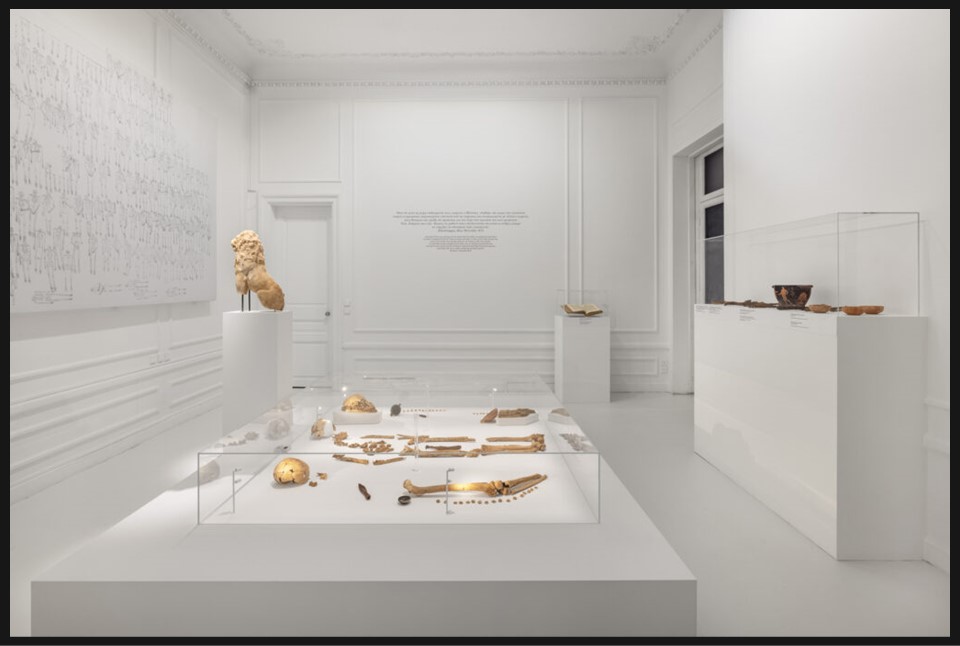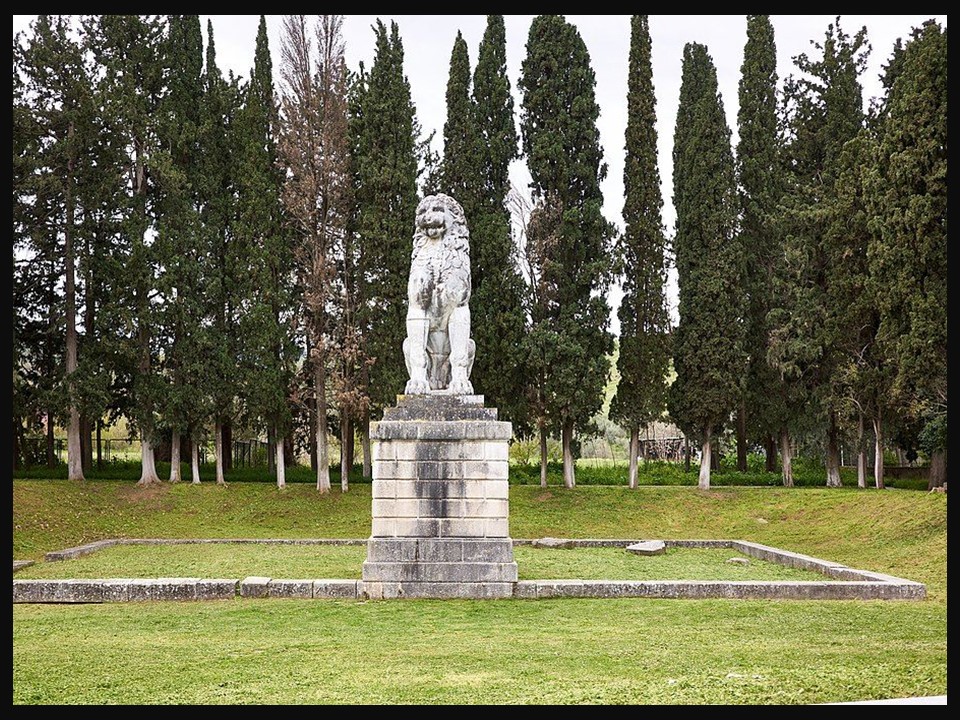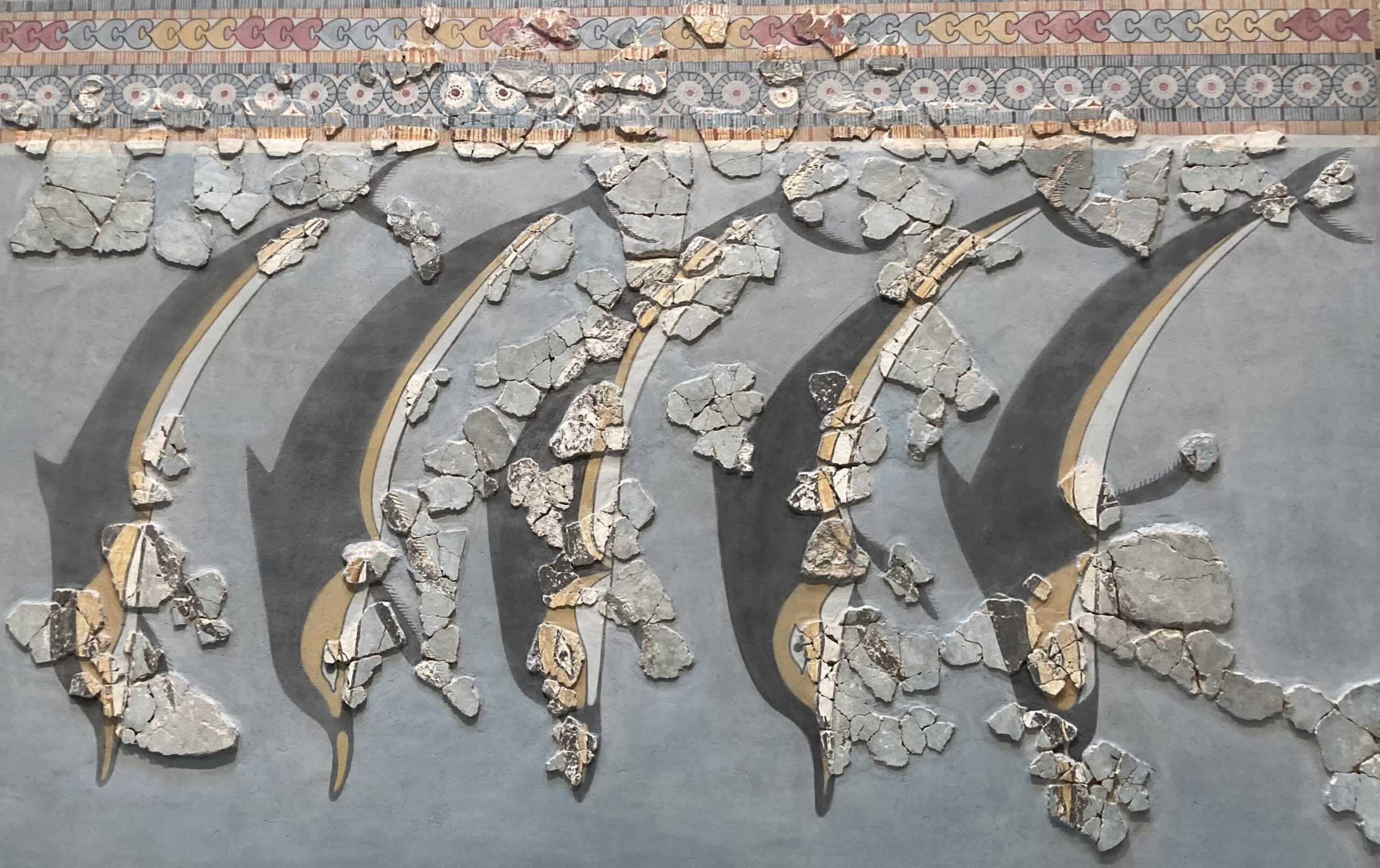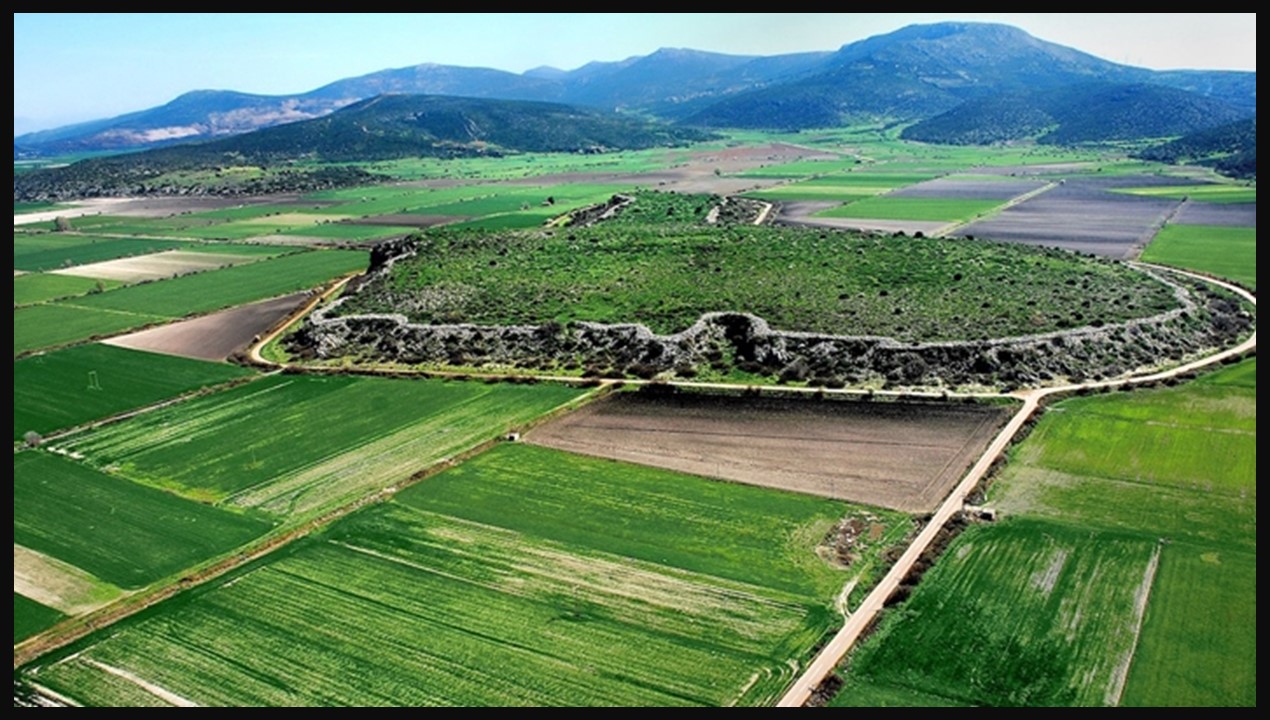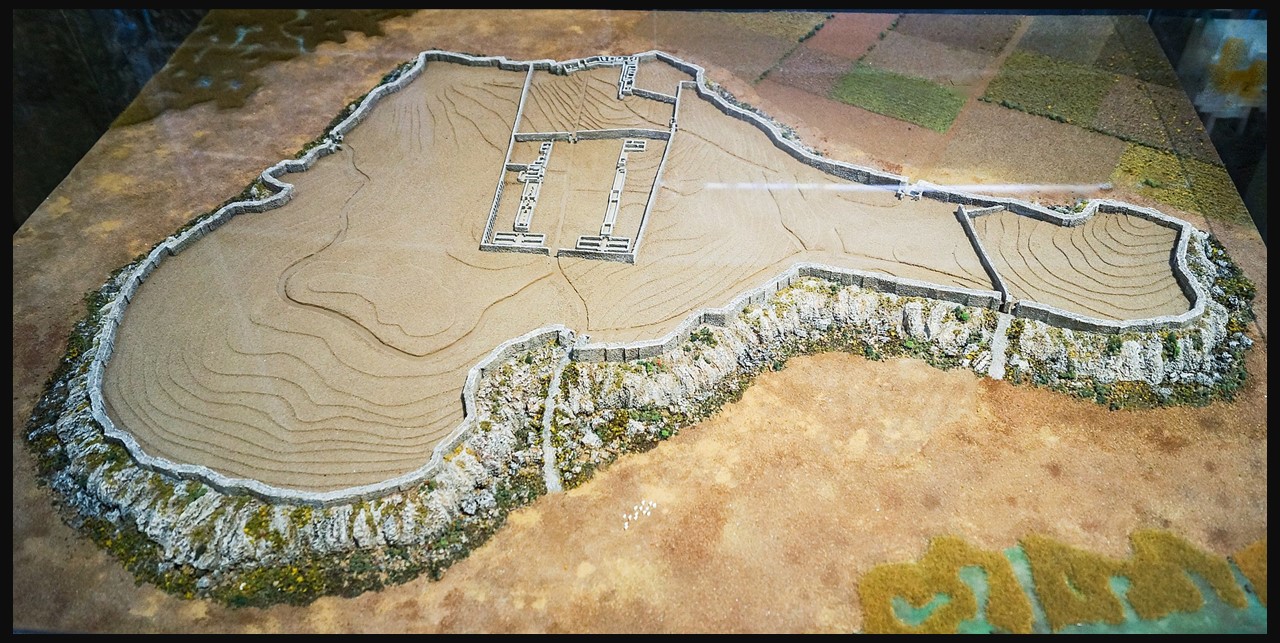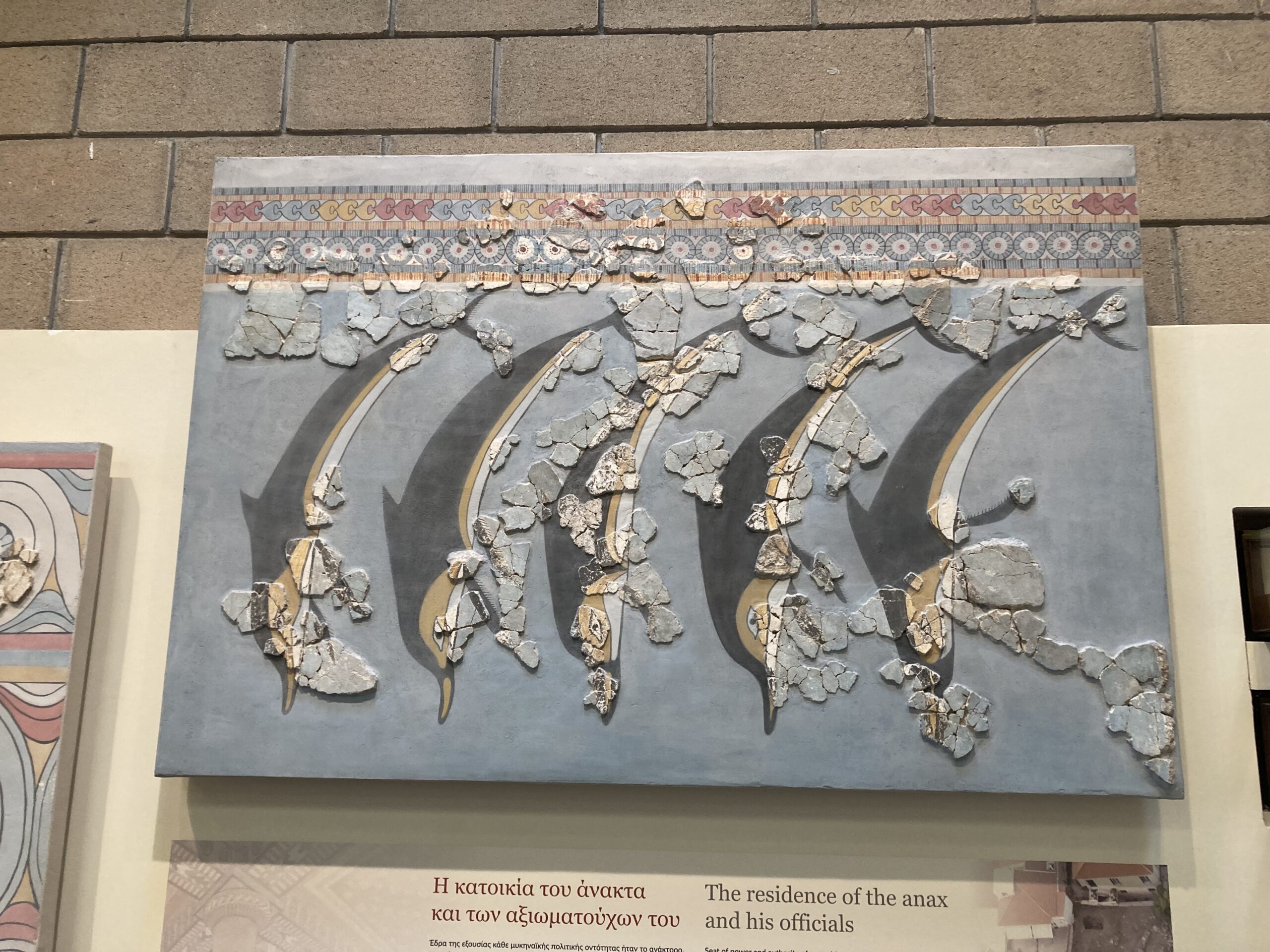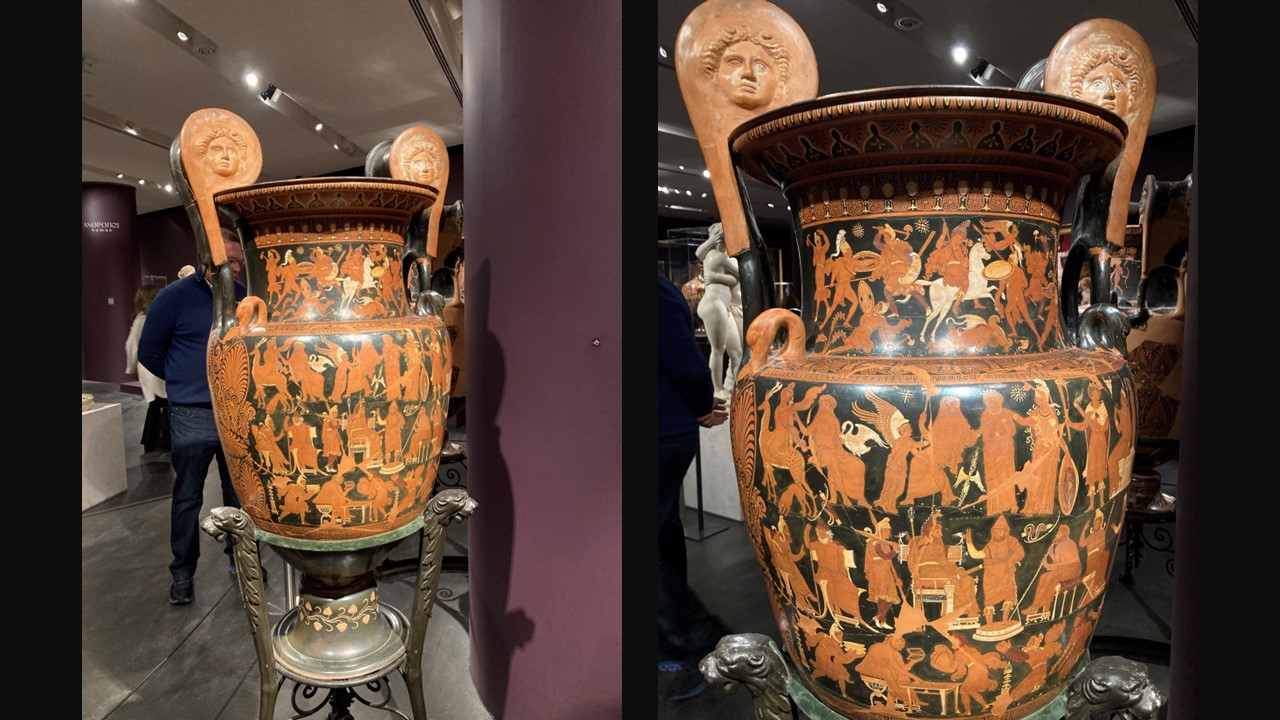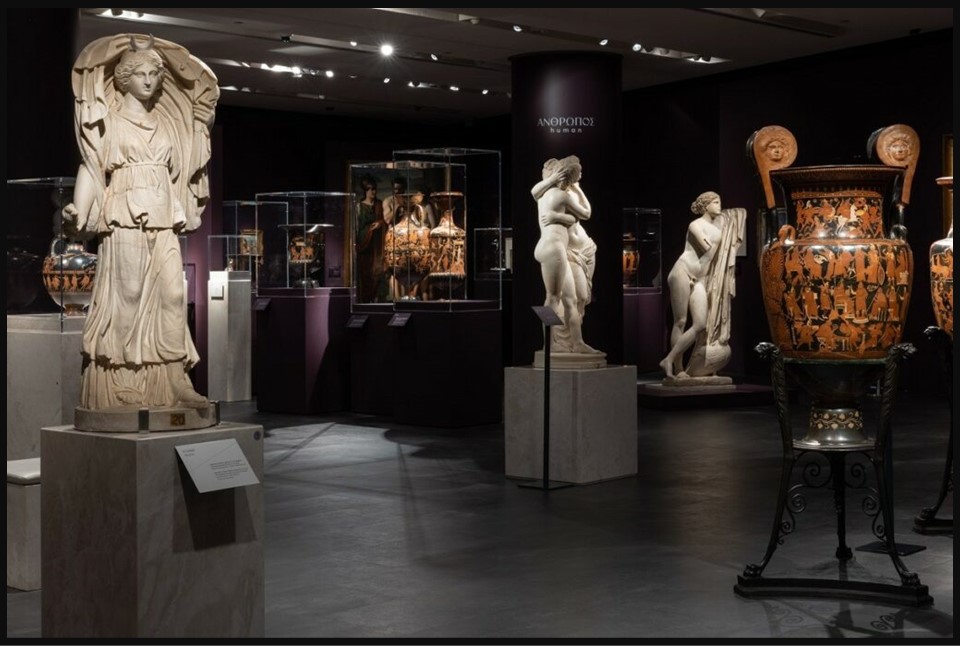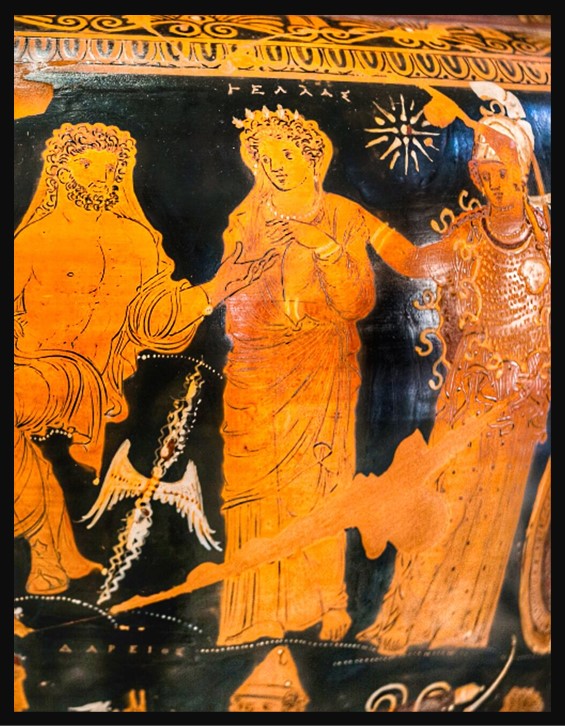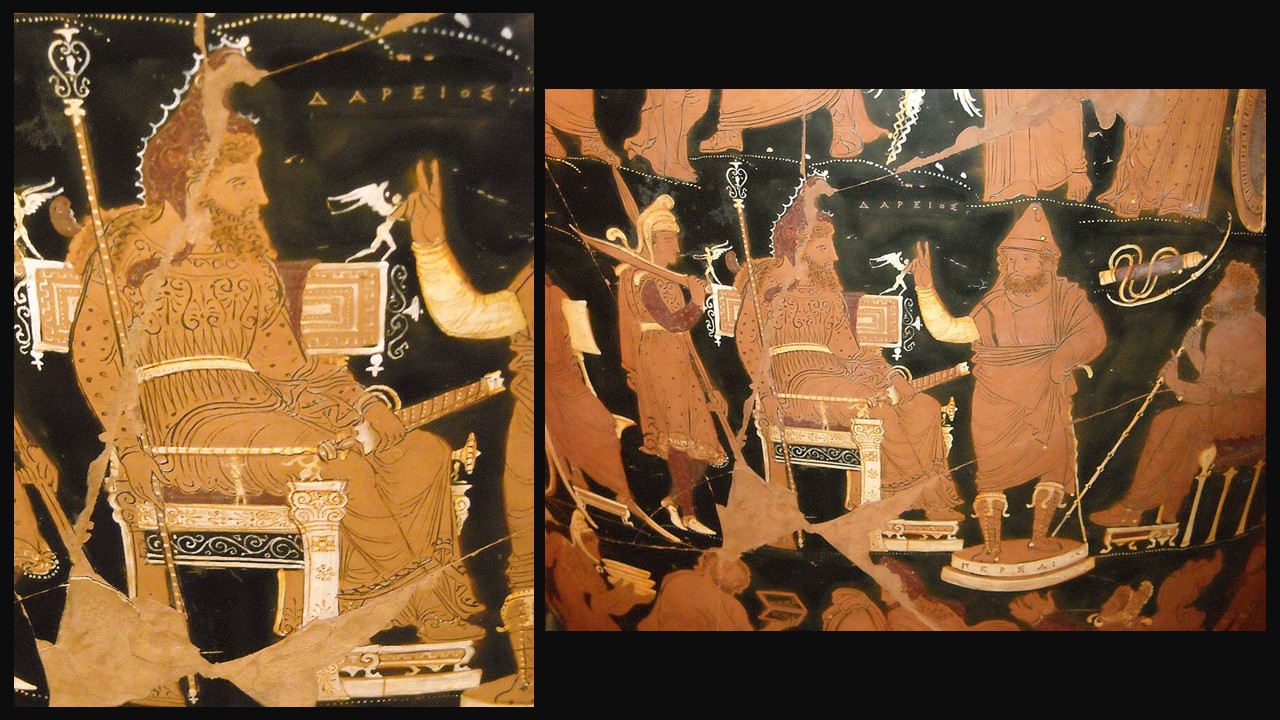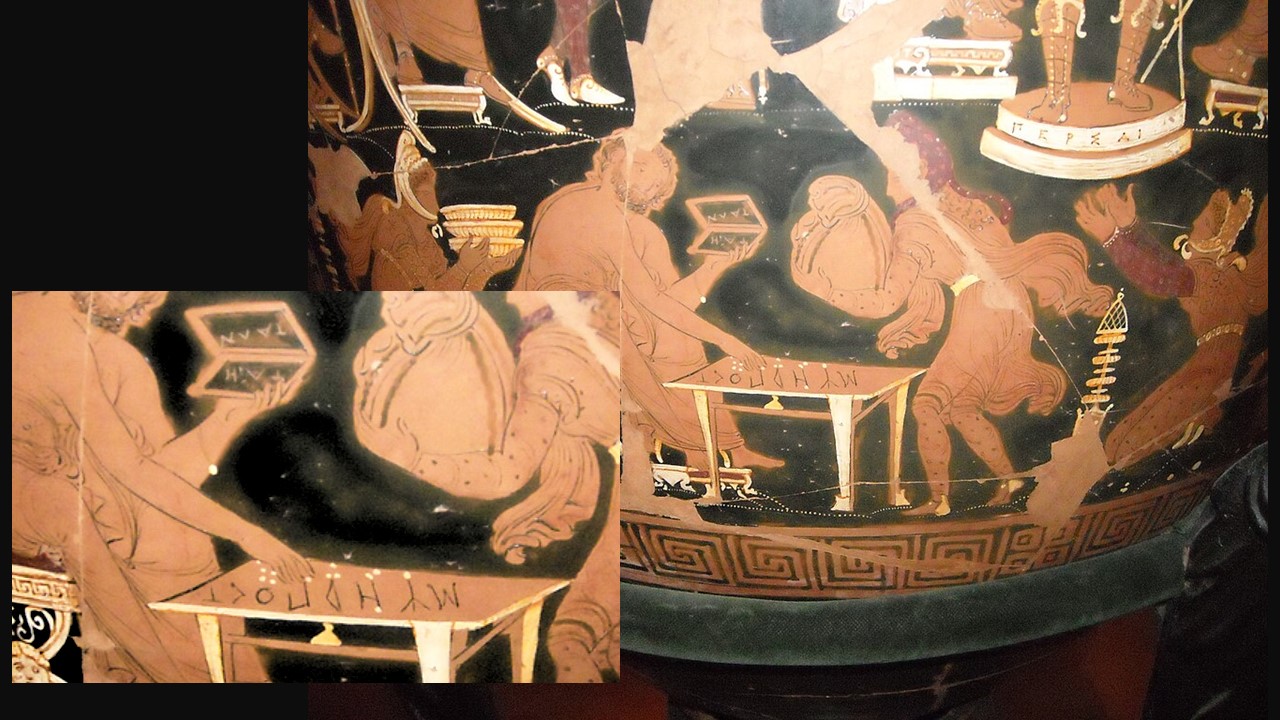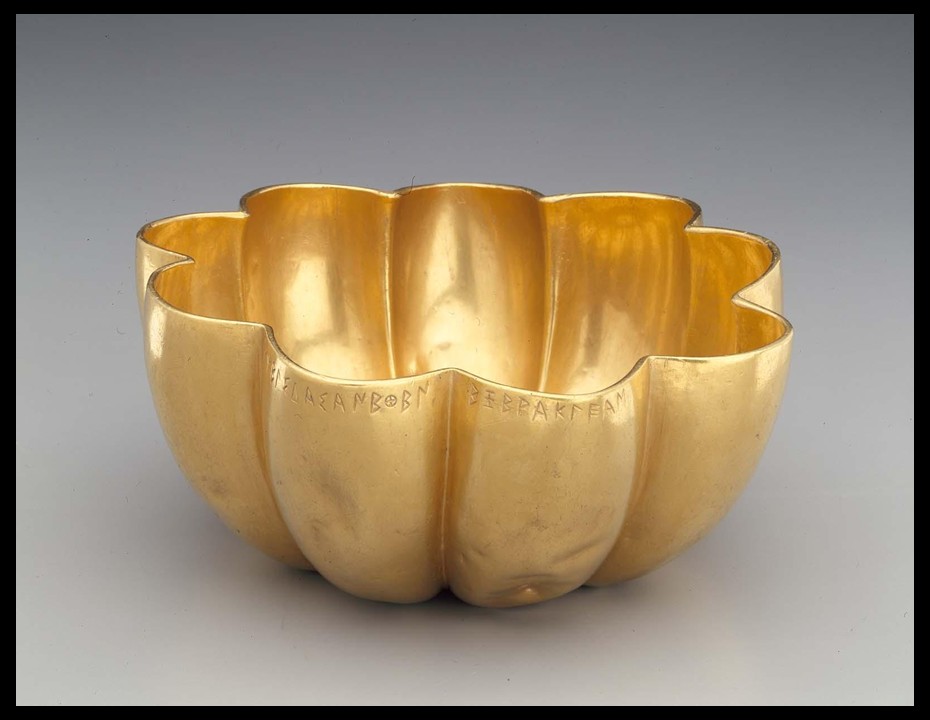
Radiant and evocative, the Ancient Greek Gold Phiale housed at MFA Boston stands as a striking emblem of ancient ritual and artistry. Crafted for sacred libations, this exquisite artifact invites us to step into a world where art and myth intertwine, much like the stirring verse of Homer: ‘Thither, prince, do thou draw nigh, as I bid thee, and dig a pit of a cubit’s length this way and that, and around it pour a libation to all the dead, first with milk and honey, thereafter with sweet wine, and in the third place with water, and sprinkle thereon white barley meal’ (Homer 10.520). This resonant call to ceremony not only reflects the spiritual significance of ritual offerings in ancient Greece but also enhances our understanding of the Phiale’s role as both a functional vessel and a work of art. Discover more about this captivating piece in MFA Boston’s collection by posing questions beginning with ‘who,’ ‘what,’ ‘when,” and “where” and uncover the artwork’s historical background, artistic significance, and the narrative behind its creation. https://anastrophe.uchicago.edu/cgi-bin/perseus/citequery3.pl?dbname=GreekNov21&query=Hom.%20Od.%2010.496&getid=2
The gold Libation Bowl, known as ‘Mesomphalos Phiale’ at MFA Boston, is an exquisite example of ancient Greek ritual art. Crafted entirely in gold, this libation bowl boasts a gracefully curved form and simple decorative details that highlight both its functional and ceremonial roles. According to MFA experts, this is ‘one of the earliest surviving vessels of precious metal in this form and a rare example in gold this phiale is simply decorated, segmented into nine lobes and embellished with bands of beading on parts of the interior. The surface has been left mostly plain, highlighting the intrinsic splendor of the lustrous material. On the exterior, just below the rim, an incised inscription in archaic Corinthian dialect reveals the donors. Its refined design and meticulous craftsmanship not only reflect the technical prowess of Archaic Greek metalworkers but also serve as a tangible reminder of the spiritual and cultural traditions that once permeated everyday life. https://collections.mfa.org/objects/238352/libation-bowl-phiale-mesomphalos?ctx=7a1910d2-cc14-430a-99b9-d503c1d5b7f3&idx=6
Who were the sponsors of the Greek MFA Phiale, and What can we infer about their historical and social significance? Based on an inscription, just below the rim of the phiale, the sponsors of the Gold ancient Greek bowl, are the sons of Kypselos, a prominent figure in ancient Greece, known for his role as the first tyrant of Corinth during the 7th century BC. He took control of the city-state from its king by a coup in 657 BC and was succeeded thirty years later by his son, Periander, who was considered one of the Seven Sages of Greece. His second son, Gorgus became the first tyrant of the Corinthian colony Ambracia on the Ionian Sea coast. The patronage of Kypselos and his sons emphasizes their social and political influence in Corinthian society, underscoring their prominence and role in religious and civic Greek life during the time. Their sponsorship not only highlights their influential status in ancient Greek society but also reflects the importance of religious and civic dedications during that period.
What is the significance of the inscription on the exterior side of the MFA Gold Phiale? On the exterior side of the phiale, just below the rim, an incised inscription in Archaic Corinthian dialect reads: ‘Ϙυψελίδαι ἀνέθεν ἐξ Ἐρακλείας’ in translation to English, ‘The sons of Kypselos dedicated [this bowl] from Heraklea.’ The inscription noting that it was dedicated by the sons of Kypselos from Heraklea links the artifact to a historically significant family, thereby providing further insight into the social and political context of its time. It was probably made at Corinth, and was financed, according to the inscription, by the spoils of a battle fought at a place called Heraklea. This combination of artistic excellence and cultural symbolism makes the phiale a compelling object of study within the MFA Boston collection.
What is an ancient Greek Mesomphalos Phiale? In ancient Greece, pouring libations of wine or oil onto hallowed ground was a profound act of offering to the gods, a ritual that spurred the development of specialized ceremonial vessels. One notable example is the Mesomphalos Phiale—a handless, footless bowl defined by a central, swollen “navel-like” feature that not only enhances its aesthetic appeal but also imbues the vessel with symbolic significance. Its design, echoing the sacred centrality of the Omphalos at Delphi, underscores themes of cosmic balance and serves as a focal point in religious ceremonies. Adorned with intricate decorative motifs, the phiale was both a functional tool for the libation ritual and an embodiment of the ancient Greek ideals of harmony and proportion.
How does the design and craftsmanship of the ancient Greek Gold Mesomphalos Phiale at the MFA Boston embody the ancient Greek ideals of harmony and balance? The ancient Greek Gold Mesomphalos Phiale at the MFA Boston is a remarkable fusion of artistry and craftsmanship, showcasing the high level of skill achieved by ancient artisans. Made from finely hammered gold, this shallow, wide bowl is simply decorated, segmented into nine lobes and embellished with delicate beading adorning some sections of its interior. The smooth, flat surface accentuates its clean lines and symmetrical form. Its well-preserved condition allows viewers to appreciate the intricate detailing, which reflects both the technical expertise and the aesthetic sensibilities of the time, epitomizing the elegance and sophistication of ancient Greek art. The object’s simplicity and symmetrical form also convey a sense of harmony and balance, hallmarks of Greek artistic ideals.
How was the Mesomphalos Phiale handled and used during ancient Greek libation rituals? During ancient Greek ceremonies, the Mesomphalos Phiale was treated with great reverence and care, reflecting its dual role as both a functional libation bowl and a sacred symbol. For a more detailed exploration of its ritual use and embodied significance, please refer to “The Greek Libation Bowl as Embodied Object” by Milette Gaifman. chrome-extension://efaidnbmnnnibpcajpcglclefindmkaj/https://classics.osu.edu/sites/default/files/2022-09/Gaifman_Libation%20Bowl%20as%20Embodied%20Object.pdf
Where was the discussed MFA Gold Phiale discovered, and how did it come to be acquired by the MFA Boston? The Gold Phiale at the MFA Boston is believed to have originated in 1010Olympia, discovered around 1916 near the ancient sanctuary. Records indicate it was found east of the Altis—between the stadium and the river Alpheios—in an area where winter rains had formed a small torrent. The artifact came into the possession of Mr. D. K. Tseklenis and Mr. Stratos of 34 Bromfield Street, Boston, and was subsequently purchased by the MFA on September 1, 1921, for $8,000. While additional details on its complete provenance remain limited, its discovery in Olympia underscores its importance as a significant piece of ancient Greek art and religious practice.
For a PowerPoint Presentation of the Mesompalos Phiale in Ancient Greece, please… Check HERE!
